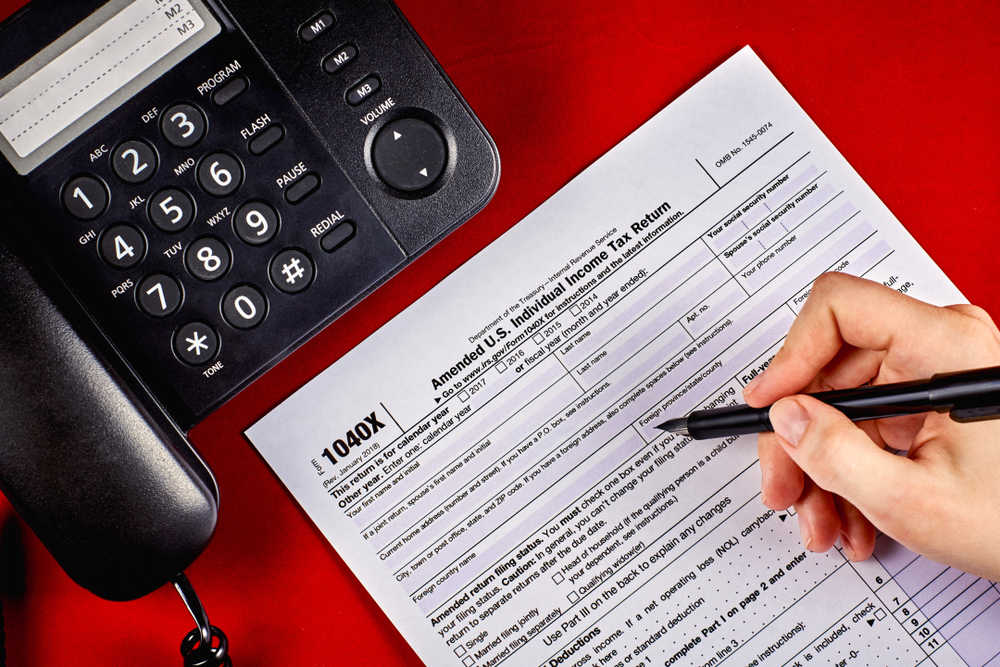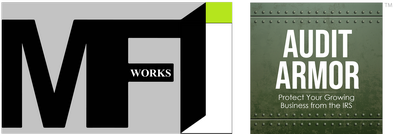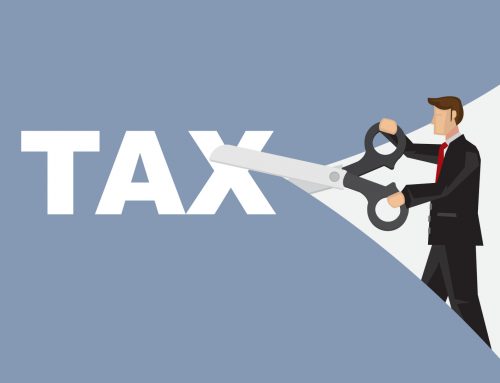
Tax law is constantly changing, making it easy to make an error on your taxes that causes you to under or overpay your taxes. Underpaying will leave you open to IRS penalties, and overpaying will mean less money in your pocket for no good reason. Fortunately, there are good news: you can undo your mistake! This blog will go over two ways to fix your tax return mistakes before the IRS discovers them.
How Can You Fix Tax Return Mistakes Before the IRS Discovers Them?
There are two ways you can fix your tax return if you’ve made a mistake in the one you originally filed. The two ways are with a:
- Superseding Return
- Qualified Amended Return
Superseding Return
If you file under a superseding return, the IRS will treat it as though you included the new information on the tax return you initially filed. A superseding return is either an amended return (Form 1040X) or a corrected return (duplicate Form 1040) that is filed on or before the original/extended due date. In addition, you can file superseding returns for business entity returns such as:
- Form 1065 for partnerships
- Form 1120 or 1120s for corporations
The courts have continuously held that the majority of tax returns required to be made in a timely manner can be made or changed on a superseding return. However, irrevocable elections are different. This is an election that, once made, cannot ever be undone. The IRS will take the position that you must file the superseding return before the original due date of the tax return. The two most common examples of irrevocable elections that people usually want to change later include:
- The married-filing-jointly election
- The Section 179 deduction election
If you’re worried about an IRS audit, do not worry—filing a superseding return will not give the IRS extra time to audit and assess additional tax. The IRS uses the tax you provide on your superseding return when determining most of the penalties, including the accuracy-related penalty and the tax underpayment penalty in an audit.
How to File a Superseding Return
If you decide to file a corrected duplicate return on Form 1040, you will need to mail the return to the IRS. Be sure to include “SUPERSEDING RETURN IRM 21.6.7.4.10” in red at the very top of the first page of your 1040.
If you decide to file an amended return on Form 1040X or another form, you might be able to file it electronically. If you can’t do it electronically, then you’ll have to follow the same instructions mentioned above for mailing your 1040X to the IRS.
Whether you’re filing a corrected duplicate return or an amended return, they both serve as superseding returns as long as they are filed before the due date.
Qualified Amended Return
If you file an amended return to fix a return error and you owe more tax on the amended return, the IRS will not charge you the 20% accuracy-related penalty if you file under a “qualified” amended return. You will still have to pay interest on the additional tax back to the due date of the return, but the penalty will be zero if you pay your IRS bill on time.
So what makes an amended return “qualified?” A qualified amended return is an amended return that your file after the due date of the return (extensions included) and before the earliest date of the date the IRS:
- Contacts you in regards to any examination (including criminal investigation) with your return
- Contacts you in regards to claiming an abusive tax shelter benefit
- Contacts a pass-through entity in connection with an examination of a specific item on your tax return
- Serves a John Doe summons in regards to the tax liability of a person, group, or class you are part of
- Announces formal guidance published in a settlement initiative to compromise/waive penalties with regards to a listed transaction in which you have participated in
In the majority of circumstances, a qualified amended return will be one you file prior to the date that the IRS reaches out to you regarding an examination of the return for that tax year.
How To File an Amended Return
To file an amended return, you simply file a Form 1040X form electronically (if allowed by IRS rules) or by mail. You do not have to specifically notate the amended return as a qualified amended return. However, be sure to keep proof of the date the IRS receives the return in case you later need to prove that you filed a qualified amended return.
If you’ve made a mistake on your tax return, don’t fret! There are two ways to fix your tax return mistakes before the IRS discovers them. You can either file a superseding return or a qualified amended return. When it comes to the IRS, taking preventative measures is always the best route to follow. If you’ve made a mistake, be sure to fix it as soon as possible! It’ll save you from penalties, increased interest accruals, and the headache of the IRS reviewing your return. At MFI Works, we know these topics can be complicated, so don’t hesitate to contact us if you have any questions. To schedule a free initial business strategy session, click here.


